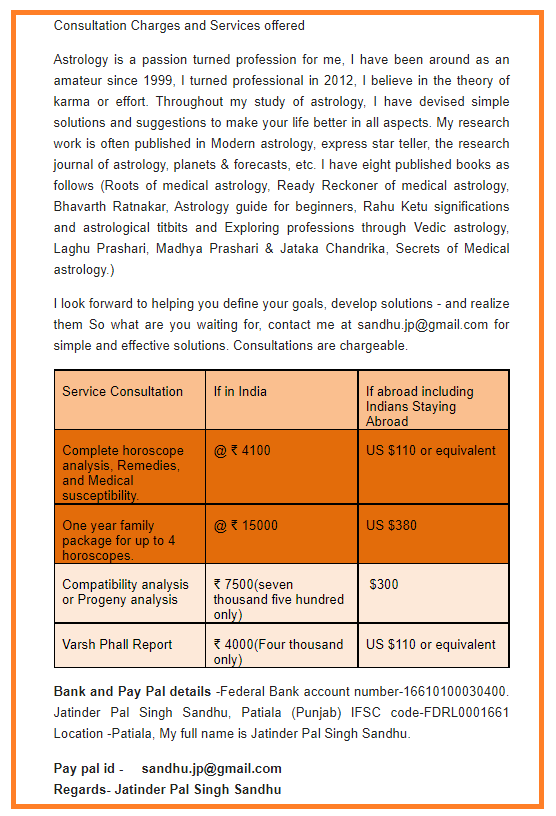Shivling or Shiva lingam connects a devotee with the Supreme Being – Lord Shiva. The lingam is the symbol of Lord Shiva and the lingam puja helps the devotee in understanding Lord Shiva. The Lord cannot be described but still we say he is without a beginning and an end and is without a form. It is difficult for a devotee to understand this formless nature. Therefore Lord Shiva appeared in the form of Jyotirlinga before Brahma and Vishnu. The Lingam thus is a symbol of Lord Shiva. Each Lingam puja, step by step, takes the devotee to the eternal truth – that he/she is part of the Supreme Being.
Worshipping Shivling at Home
Before starting the Puja, the devotee takes a bath and wear freshly washed clothes. Hymns praising Lord Shiva or the mantra ‘om namaha shivayaa’ are repeated to create a mood for worship. Then, the devotee sits in front of the lingam and blows conch or ring bells. This indicates the beginning of the Puja.
First it is the panchamrit abhishek - the libation of five holy liquids over the lingam. The libation can consist of any five of the following – water from river
can consist of any five of the following – water from river Ganga , honey, sugarcane juice, milk, yogurt, ghee, seawater, coconut water or milk, fragrant oils, rose water or other precious liquids. Usually, only milk of cow is used. While pouring the liquid, om namah shivaya is uttered. Some devotees utter the Lord’s name 108 times and some 1008 times. There is no fixed rule.
 can consist of any five of the following – water from river
can consist of any five of the following – water from river After the panchamrit abhishek, the lingam is cleaned with water from Ganga . (This is might not be possible always so just normal water.) After this the lingam is smeared with sandalwood paste and is decked with flowers. Water and sandalwood paste is used to keep the lingam cool, as Lord Shiva is always in a highly inflammable state. In some Shiva temples, cooling liquid constantly drops from pot hung above the Lingam.
Next, sweets, coconut and fruits are offered to the Lord. Camphor and incense are lit and ‘arati’ is conducted. Some devotees fan the lingam and sing praises of the lord.
Finally, ringing of bells or blowing of conch indicates the end of Puja. White ash (vibhuti) is rubbed on the forehead and it is also distributed. Fruits, sweets and coconut are distributed as ‘prasad.
One small correction,Pancha Amrita is the comination of - Water,Honey,Cow's Milk,Cow's Ghee and Cow's Yogurt.
Performing this Shiva pooja for 11 continous Mondays specifically in Rahu Kaala (7:30 AM to 9 AM) would remove even the Brahmana Saapa ! As everyone knew,the other best time to worship Shiva is during Pradosha.This is the suggested remedy for Brahmana Saapa.Please make a note that Sri Rama did the same in Rameshwaram !!!
Sri Ram Jaya Ram Jaya Jaya Ram !
Om Namaha Sivaaya Namah Aghoreeshwaraya !
Performing this Shiva pooja for 11 continous Mondays specifically in Rahu Kaala (7:30 AM to 9 AM) would remove even the Brahmana Saapa ! As everyone knew,the other best time to worship Shiva is during Pradosha.This is the suggested remedy for Brahmana Saapa.Please make a note that Sri Rama did the same in Rameshwaram !!!
Sri Ram Jaya Ram Jaya Jaya Ram !
Om Namaha Sivaaya Namah Aghoreeshwaraya !

